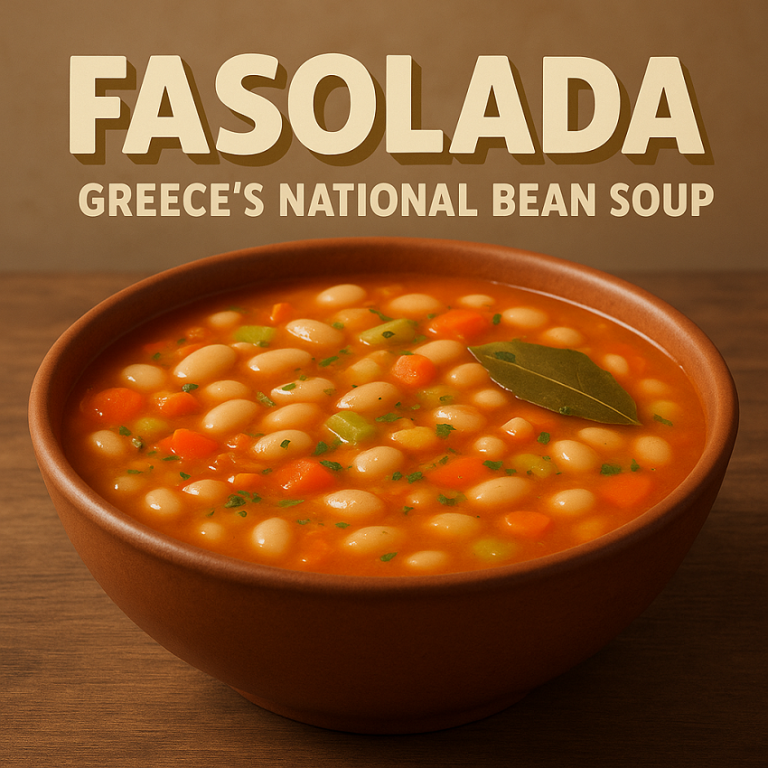
Introduction
Greek vegetable tempura is a delightful dish that brings together the light, crispy texture of traditional tempura and the vibrant, fresh flavors typical of Greek cuisine. This fusion dish celebrates the beauty of fresh vegetables, enhancing their natural taste with a delicate batter that crisps to perfection. In this article, we will dive deeper into the preparation of Greek vegetable tempura, explore its ingredients, and provide serving suggestions and variations to elevate your culinary experience.
The Essence of Greek Cuisine
Greek cuisine is known for its emphasis on fresh ingredients, vibrant flavors, and healthy cooking methods. With a rich history rooted in the Mediterranean diet, Greek dishes often include a variety of vegetables, herbs, and olive oil. By incorporating these elements into vegetable tempura, you can create a dish that not only satisfies the palate but also aligns with the principles of healthy eating.
Key Ingredients
Vegetables
For a Greek-inspired vegetable tempura, consider using a variety of colorful and flavorful vegetables:
- Zucchini: A versatile vegetable that adds a mild flavor and pleasant texture. It’s often used in Greek dishes, making it a perfect choice for this recipe.
- Eggplant: Known for its rich and creamy texture, eggplant absorbs flavors beautifully. When sliced thinly and fried, it becomes tender and delicious.
- Bell Peppers: Available in various colors, bell peppers add sweetness and crunch to the dish. Their vibrant colors also enhance the visual appeal.
- Spinach: Fresh spinach leaves can be lightly battered and fried, providing a nutritious and flavorful addition to the tempura.
- Feta Cheese: While not a vegetable, small pieces of feta can be included for a salty, creamy element that complements the other ingredients.
Tempura Batter
The batter is crucial for achieving that signature crispiness. For a Greek twist, you can enhance a basic tempura batter with:
- Flour: All-purpose flour or a mix of all-purpose and cornstarch works best for a light and airy texture.
- Ice-cold Water: Using ice-cold water is essential, as it helps keep the batter light and prevents it from becoming dense.
- Herbs: Fresh or dried oregano can add a distinctly Greek flavor to the batter.
- Lemon Zest: A hint of citrus from lemon zest brightens the dish and enhances the overall flavor profile.
Preparation
1. Preparing the Vegetables
Begin by washing and slicing your chosen vegetables into uniform pieces. This ensures even cooking and helps maintain a consistent texture. For eggplant, it’s helpful to slice it thinly and sprinkle with salt, allowing it to sit for about 30 minutes. This process draws out excess moisture and bitterness, resulting in a sweeter and more flavorful bite.
2. Making the Batter
In a mixing bowl, combine the flour, herbs, and lemon zest. Gradually add ice-cold water while stirring gently. The goal is to create a batter that is slightly lumpy; overmixing can lead to a heavy coating. The batter should be thick enough to adhere to the vegetables but light enough to fry to a crisp.
3. Frying the Tempura
- Heat the Oil: Pour vegetable oil into a deep pan or fryer, filling it about 2-3 inches deep. Heat the oil to approximately 350°F (175°C). A thermometer is helpful to maintain the right temperature for frying.
- Coat the Vegetables: Dip each piece of vegetable into the batter, allowing any excess to drip off. This step is important for achieving a light coating.
- Fry: Carefully place the battered vegetables into the hot oil, working in small batches to avoid overcrowding the pan. Fry until golden brown, approximately 2-4 minutes, depending on the vegetable.
- Drain: Use a slotted spoon to remove the tempura from the oil and place it on a paper towel-lined plate to absorb any excess oil.

Serving Suggestions
Greek vegetable tempura is best served hot and fresh. Pair it with a dipping sauce to enhance the flavors. A classic tzatziki sauce, made from yogurt, grated cucumber, garlic, and fresh dill, complements the tempura beautifully. For a burst of flavor, you can also add a splash of lemon juice or a sprinkling of fresh herbs like parsley or mint.
Presentation
For an appealing presentation, arrange the tempura on a serving platter, garnished with lemon wedges and a small bowl of tzatziki. The contrast of colors from the vegetables and the creamy dipping sauce creates an inviting dish that is perfect for sharing.
Variations
While the basic recipe is delicious, feel free to experiment with different ingredients and flavors:
- Artichokes: Marinated artichoke hearts can add a unique flavor and texture to the tempura.
- Olives: Stuffed olives, lightly battered and fried, can create a tasty and unexpected addition.
- Chickpea Flour: For a gluten-free option, substitute chickpea flour for all-purpose flour. This will give the tempura a slightly different flavor while maintaining a crunchy texture.
- Herb Variations: Experiment with other herbs such as dill or thyme for different flavor profiles.
Conclusion
Greek vegetable tempura is a delightful dish that combines the crispiness of tempura with the fresh, vibrant flavors of Greek cuisine. By using seasonal vegetables and a light batter infused with herbs, you can create a dish that not only pleases the palate but also brings a taste of Greece to your table. Whether enjoyed as an appetizer, snack, or part of a main meal, this dish is sure to impress family and friends alike. Enjoy the process of making this delicious twist on a classic and savor each flavorful bite



